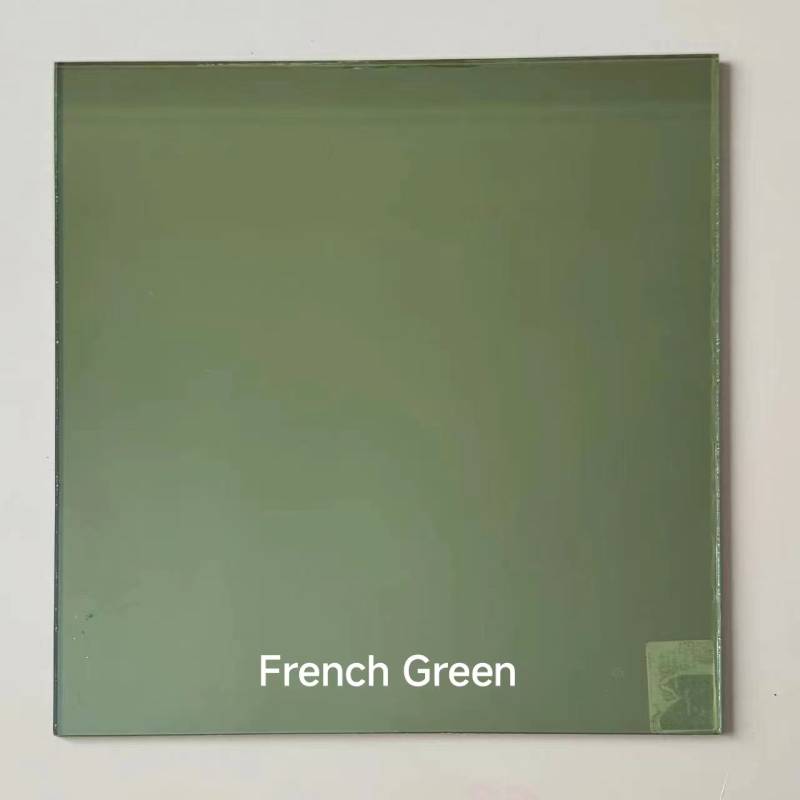

The Wonders of Infrared Reflecting Glass
In today’s fast-paced world, the quest for energy efficiency and sustainable living has never been more critical. One of the notable advancements in this realm is the development of infrared reflecting glass. This innovative material not only enhances the aesthetic appeal of buildings but also significantly contributes to energy conservation efforts.
Infrared reflecting glass is engineered to selectively reflect a portion of the infrared radiation from the sun while allowing visible light to pass through. This unique property makes it particularly valuable for use in modern architecture. Buildings equipped with this type of glass can maintain stable indoor temperatures, reducing the reliance on air conditioning systems. Consequently, this diminishes greenhouse gas emissions and lowers energy bills, making it an attractive option for both residential and commercial properties.
One of the primary benefits of infrared reflecting glass is its ability to improve thermal comfort. In regions with extreme temperatures, traditional glass can absorb heat, resulting in uncomfortable indoor conditions. In contrast, infrared reflecting glass keeps the interior cool by blocking excess heat while still allowing sunlight to illuminate the space. This balance is essential for enhancing occupant comfort and productivity, particularly in office buildings where natural light plays a crucial role in creating a conducive working environment.

Moreover, the aesthetic versatility of infrared reflecting glass is impressive. Available in various colors and finishes, it can be tailored to complement any architectural style. Architects and designers appreciate its reflective qualities, which can add an element of sophistication to structures. Beyond aesthetics, infrared reflecting glass also contributes to energy efficiency, aligning with the growing trend toward sustainable design practices. Buildings that incorporate this material can qualify for various green certifications, further increasing their value in the real estate market.
Additionally, the application of infrared reflecting glass extends beyond buildings. Automotive industries have also recognized its benefits, implementing this technology in vehicle windows. Cars equipped with infrared reflective glass offer enhanced comfort for passengers by keeping the interior cooler, while simultaneously protecting upholstery from fading due to UV exposure. This dual function not only enhances the driving experience but also bolsters the car's longevity.
As awareness of climate change and environmental challenges increases, the demand for innovative solutions like infrared reflecting glass continues to grow. Manufacturers are investing in research and development to optimize the performance of this material further. Future advancements may lead to even more effective versions that provide superior thermal performance or integrate smart technologies to adapt to changing environmental conditions.
In conclusion, infrared reflecting glass is a remarkable innovation that addresses critical challenges in energy efficiency, sustainability, and aesthetics. As we move forward, embracing such technologies will be vital for creating healthier living environments and reducing our overall carbon footprint. The future of architecture and design looks promising, with infrared reflecting glass leading the way toward a more sustainable and energy-efficient world.